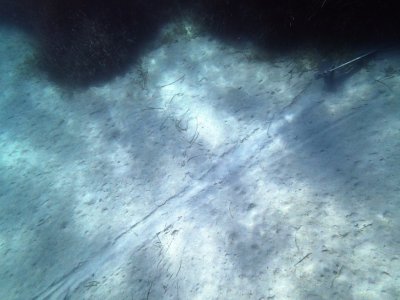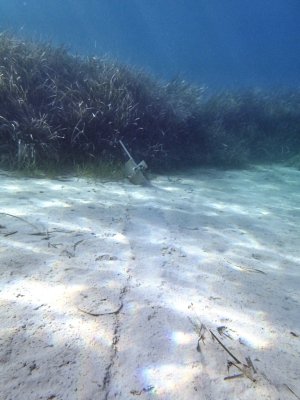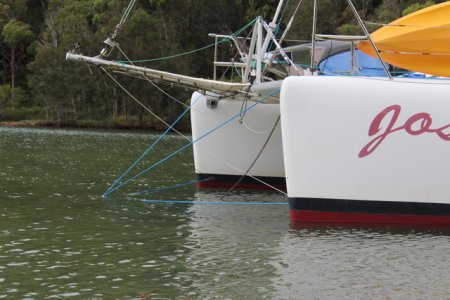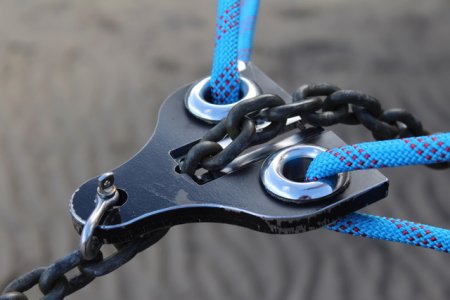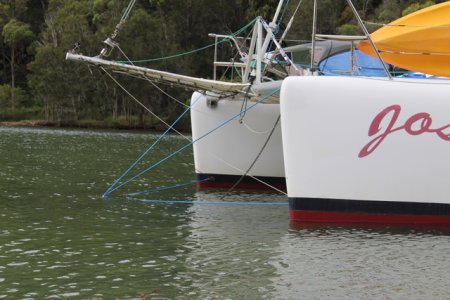noelex
Well-Known Member
I agree that no anchor needs a chain rode. Most will work OK with a rope rode, but the range of substrates where they will set is reduced. Using the Fortress without any chain is a useful option as the overall weight is so light that it is easy to manage in the dinghy. It is even possible to swim the anchor out.Indeed so. Last weekend I was presenting my anchors talk at the Cruising Association HQ in London. Someone asked a question about setting my Fortress kedge, which has a rode of 5 metres of 8 mm chain plus Anchorplait . I only ever throw it overboard, either from the dinghy or bow of the boat, and it never fails to set. I believe that Fortress say the chain is unnecessary. It most definitely does not need heavy chain.
Below is a photo of my Fortress in soft sand managing on all rope rode:
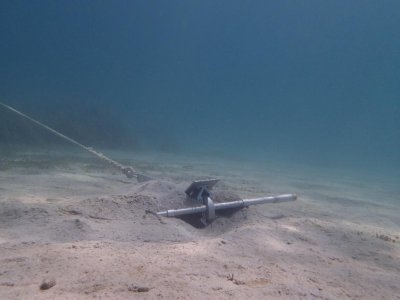
However, I am surprised that you have never had a Fortress fail to set. The Fortress is a great anchor; every cruising boat should have one, but the range of substrates where it works is more limited than most other modern anchors, and this is exacerbated when used with minimal, or no chain. It has fantastic holding ability in softer substrates but struggles to set in hard sand or thicker weed; be particularly cautious of the performance in less favourable substrates when using rope.
Below is a photo of a small Guardian (made by Fortress) showing how it cannot penetrate this harder sand even with some chain:
